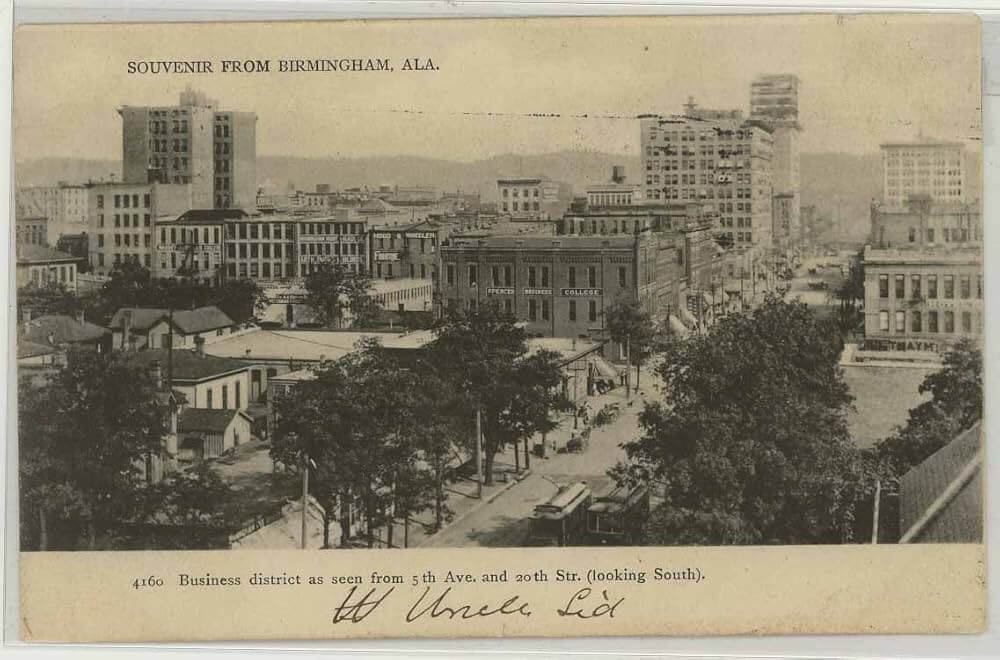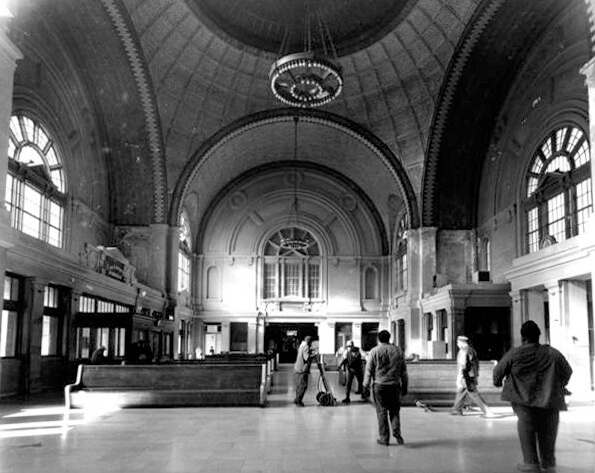Downtown’s
Rainbow
Viaduct

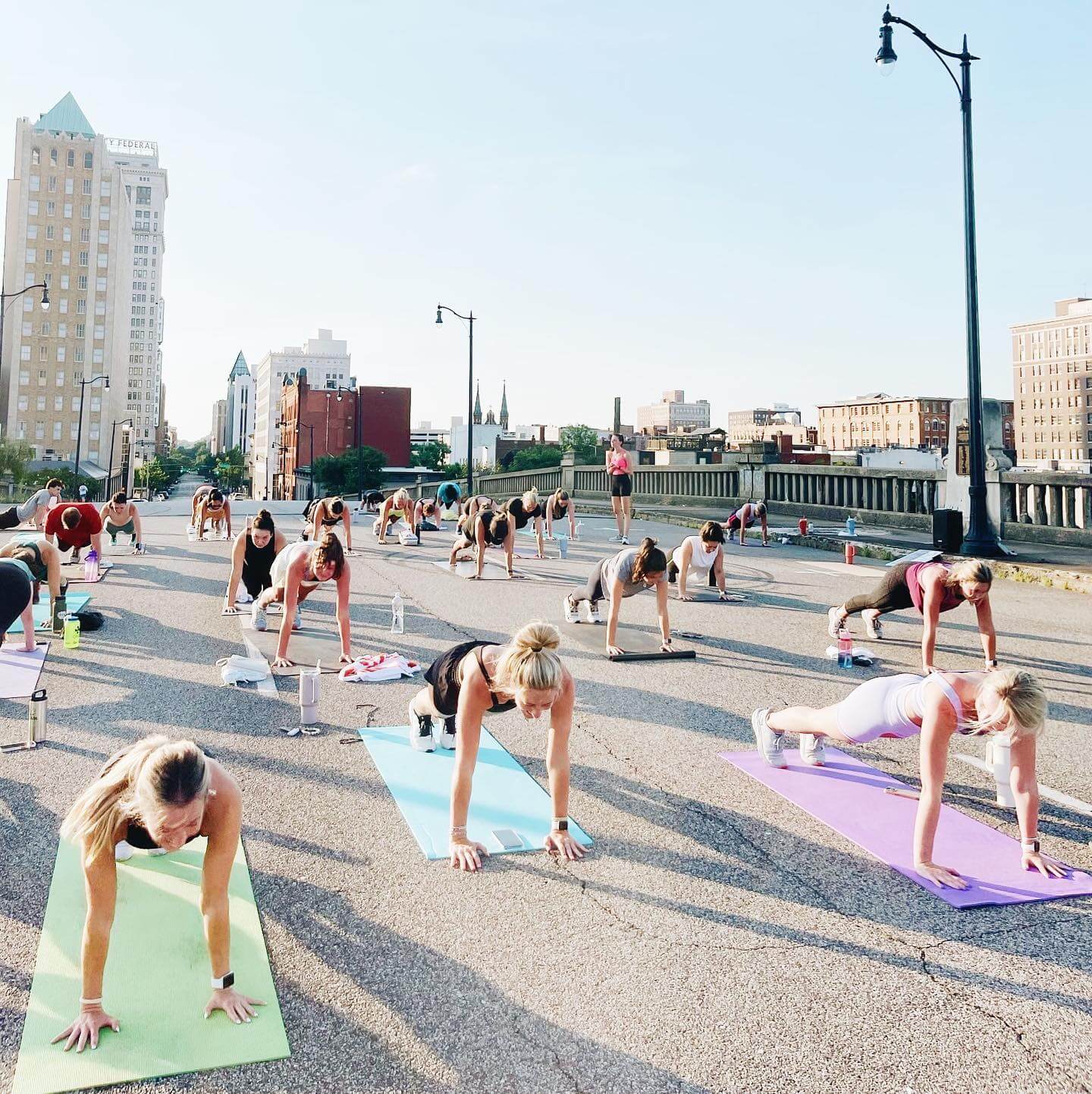
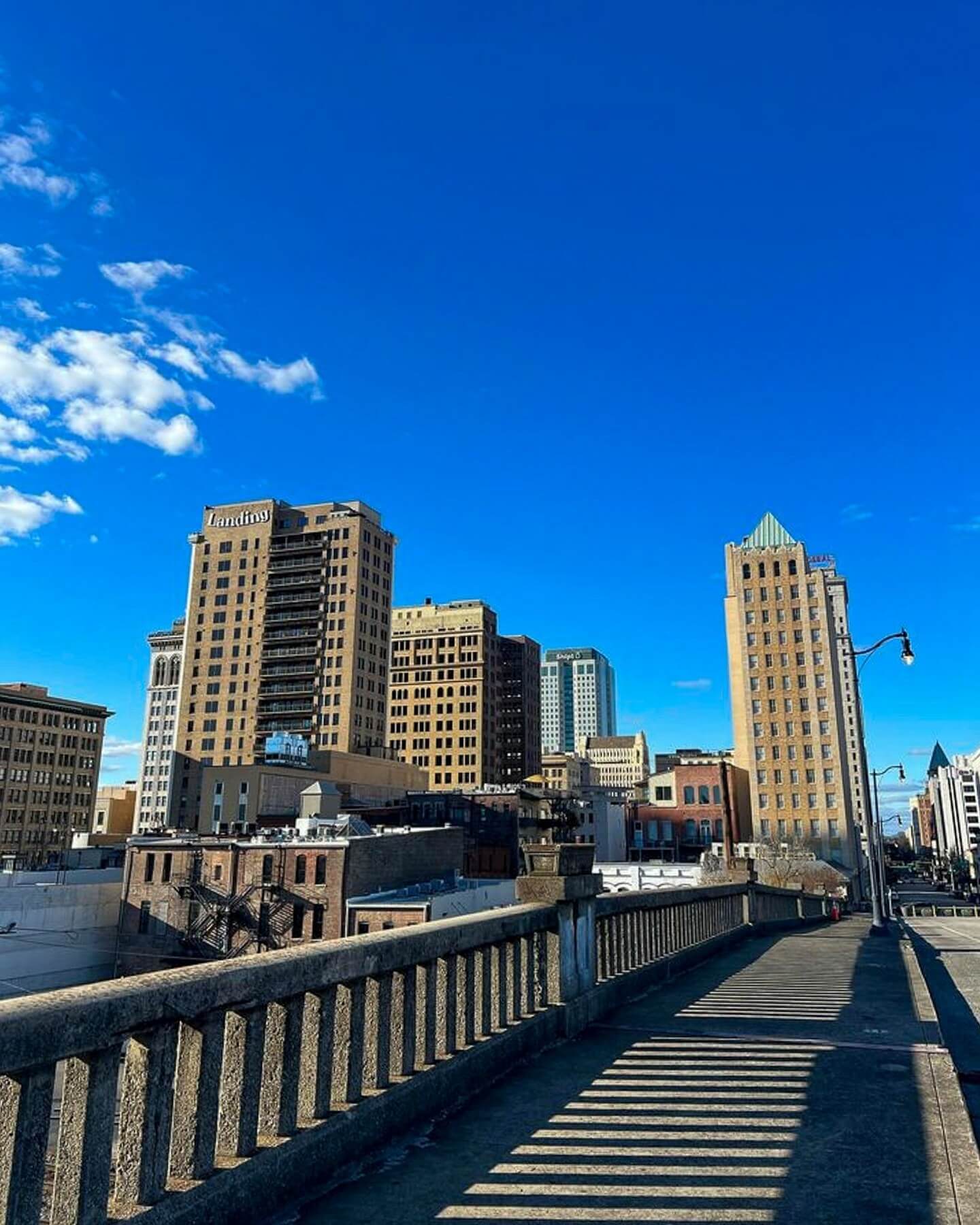
The Rainbow Viaduct, one of Birmingham’s oldest bridges, has been transporting people between the south and north sides of downtown for more than 130 years. Now, as we plan for its future, you’ll see a pilot project on the bridge to make it more pedestrian and cyclist friendly.
Keep reading to learn more about this historic Birmingham structure!
Planning
The Rainbow Viaduct was closed to vehicular traffic in January 2022 due to structural concerns and to prevent further damage to the bridge. Because the last structural update to the 1891 viaduct took place in 1918, it was not designed to handle modern traffic demands, such as 18-wheelers.
To determine the long-term plan for the bridge, REV is working with the City of Birmingham to issue a request for proposals (RFP) for an engineering and feasibility study to identify viable options for the structure’s future.
We already know there will be no zero-cost option. There will be opportunities, challenges and costs associated with all possible outcomes of the study. We will update this page with more details as the long-term work progresses.
Placemaking
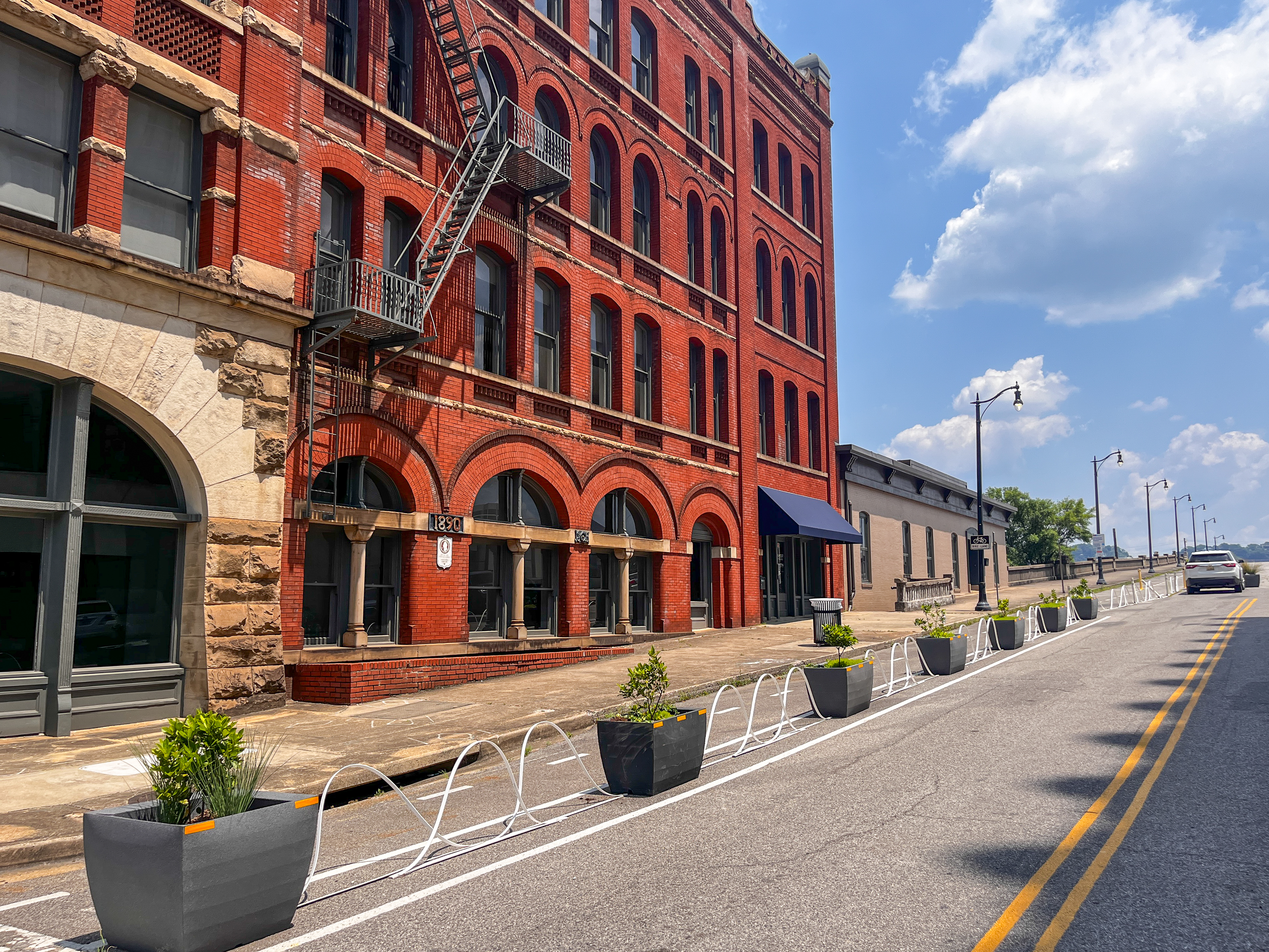
In collaboration with the Birmingham Department of Transportation and volunteers from the City Center Neighborhood Association and Alabama Urbanists Coalition, REV Birmingham’s team installed short-term measures in 2023 to beautify the bridge and make it a more pleasant place for pedestrians and cyclists. Additions included:
- Extra services from CAP to care for plants and address litter and graffiti
- Temporary multi-use path
- Informational signage
- Traffic bollards
- Planters
We encourage you to spend some time on the historic Rainbow Viaduct! Tag @downtownbhm on Instagram and Facebook in photos captured on the bridge — it’s a top-tier spot for catching beautiful views of downtown!
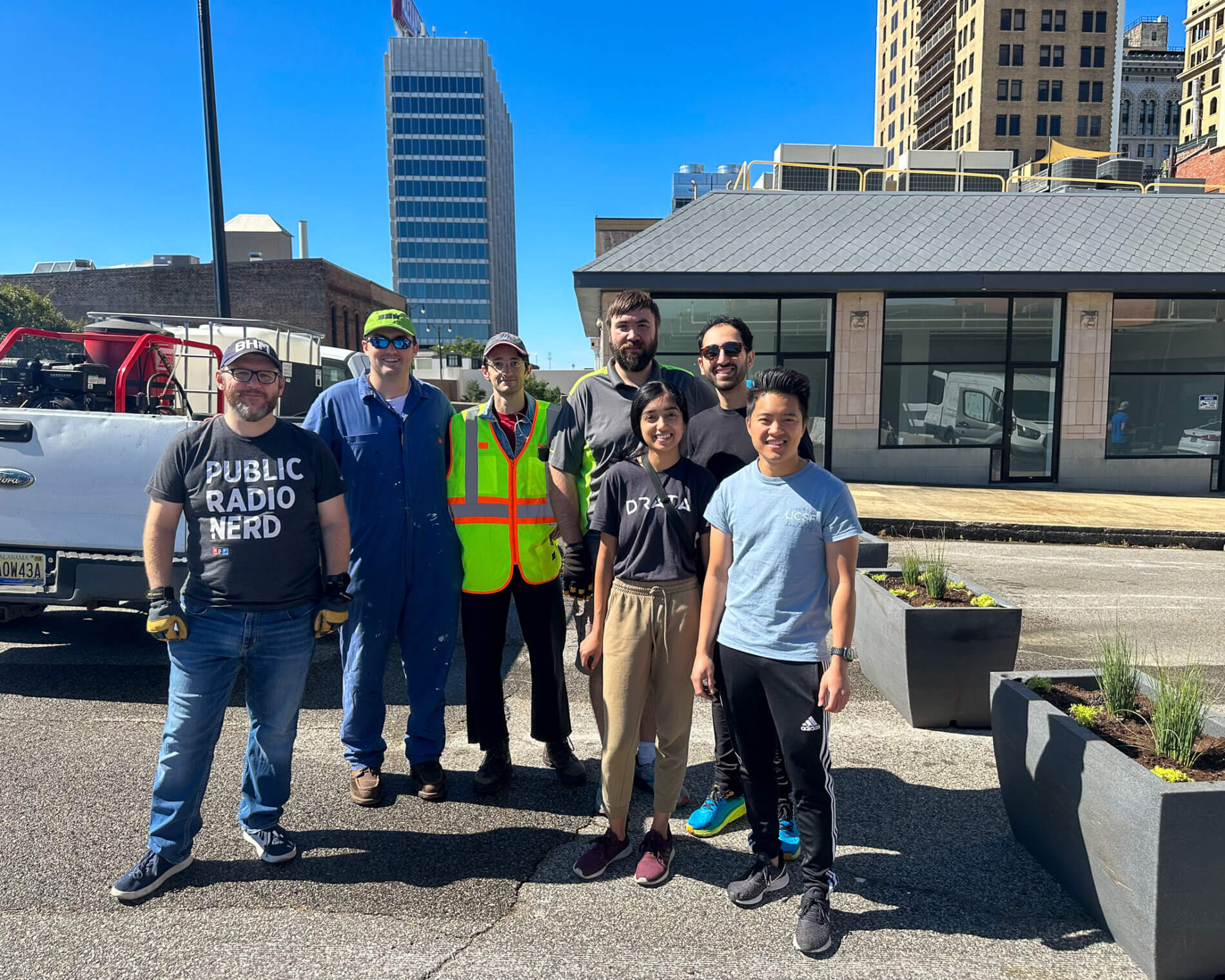
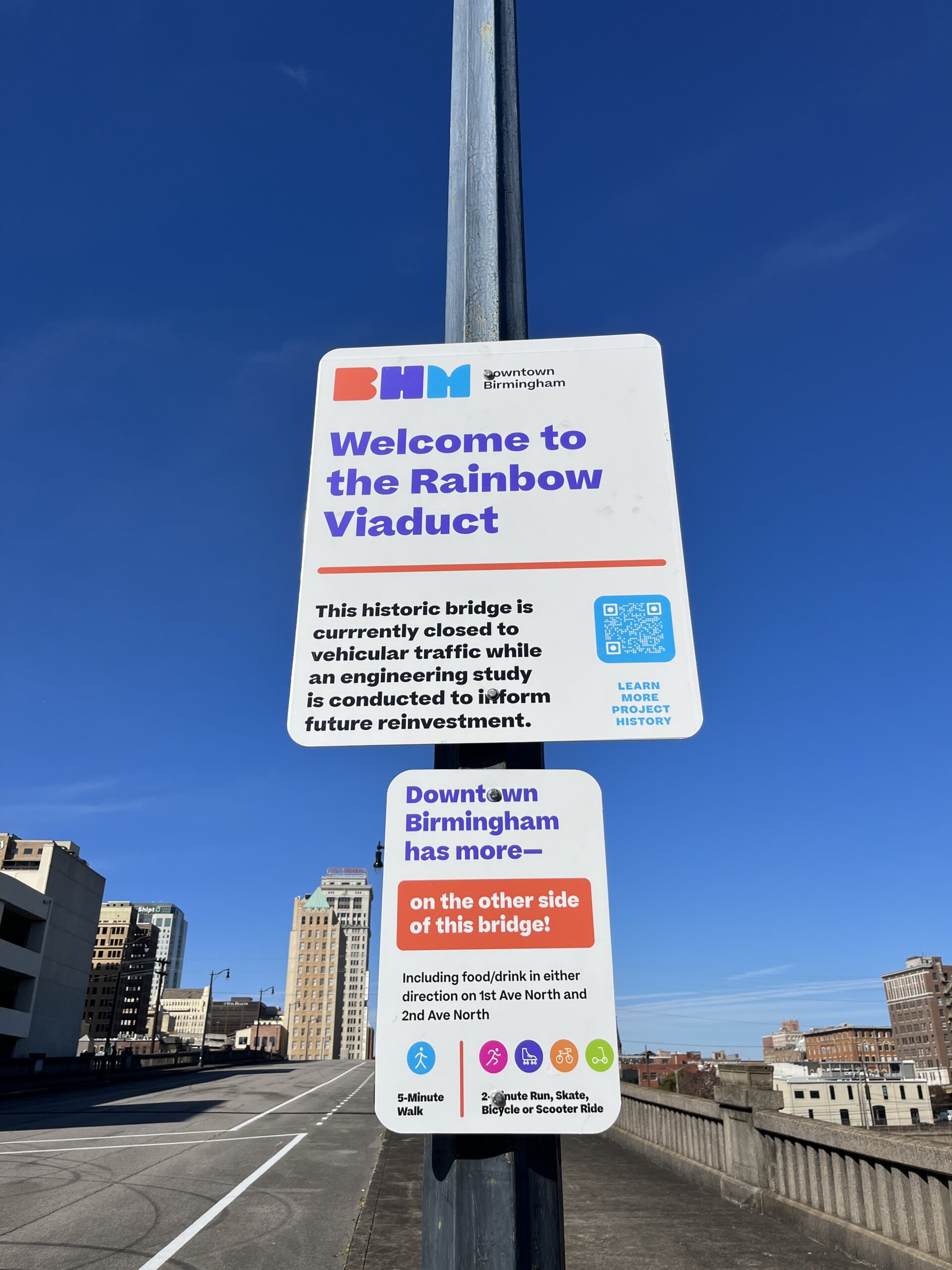
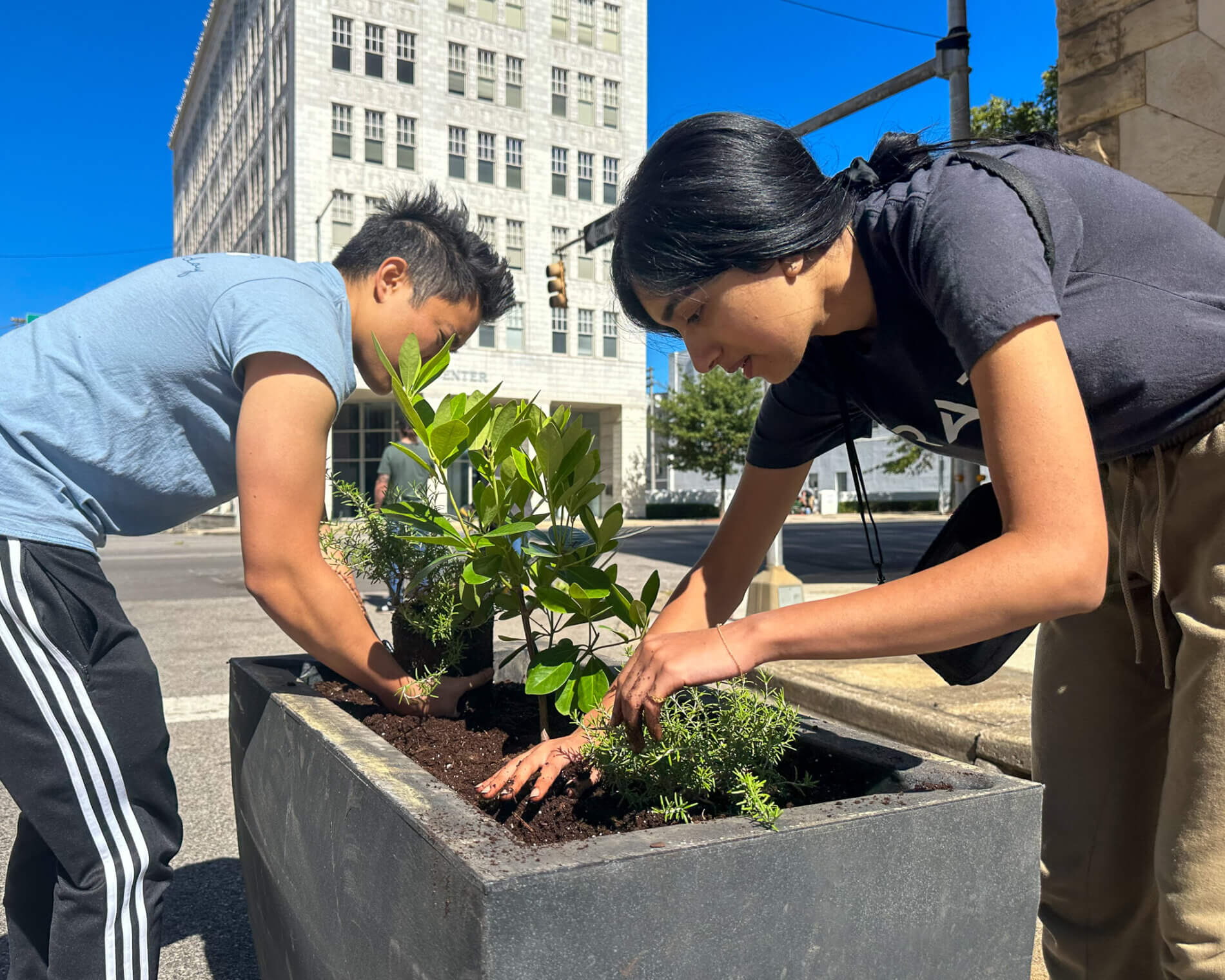
145
plants
1,200
feet of multi-use path
51
volunteer hours
History
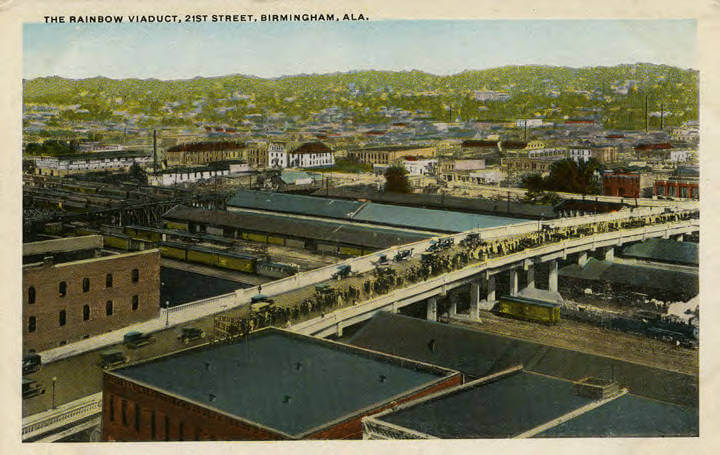
The bridge was built in 1891 to link the north and south ends of 21st Street (renamed Richard Arrington Jr. Boulevard in 1999 to honor Mayor Arrington at his retirement). Twenty years later, the Birmingham City Commission upgraded the viaduct to increase traffic. Those efforts were delayed by World War I, but construction began on the bridge in 1918 and cost $200,000.
The bridge was formally dedicated as the Rainbow Viaduct on May 19, 1919, to the decorated veterans of the 167th Infantry Regiment who had been hosted in Birmingham and fought as part of the “Rainbow Division” during World War I. Colonel W. P. Screws formally accepted the dedication. At the apex of the bridge, a pair of memorial plaques, formerly topped with eagles, honor those veterans.
News
Newsletter
Stay in touch.
Sign up for our newsletter to get the latest news on the businesses, developments, events and people of Downtown Birmingham!
Discover more!
Engage
Make your impact.
You can make a real difference in downtown Birmingham. Get engaged: Get to know your community, become a part of the momentum and help spread positivity from the heart of the city! #YayBham
Layers of good
I love Birmingham because not only is it a great place to go see all these really cool events and people, but it has so much diversity of culture and things to see in general that there’s something new every single day.Jacob Alan Bell
So much to do
Jenny MellownI love Birmingham because it has a small town feel in the middle of a city. There is so much to do from local breweries to sporting events. There is always something going on and it is easy to find something to do!
Always something new
Amy MezzellThe variety of restaurants, hangouts, stores, venues, and places to explore is incredible for a city this size. You get all of the variety of a larger city with the pleasant atmosphere of a small town.
Vacation feels
Hillary KeyBirmingham has vacation feels even if you are a local. It is home and it is beautiful.
